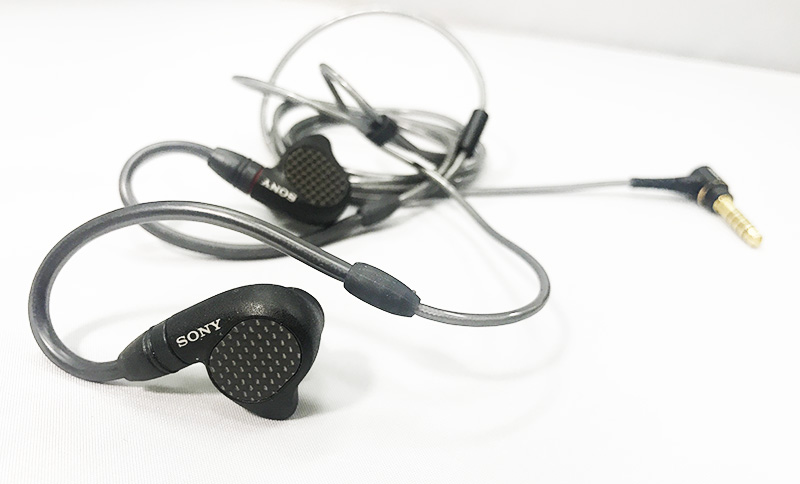It had been awhile since I’d listened to an IEM by Sony. But when I received the IER-M9 on my desk for review, I was excited for it. The excitement of the IER-Z1R that I’d read about started to translate to all their high-end IEMs. So how does the IER-M9 sound? And is it worth the big price tag of $1499.99? Today, let’s take a closer look with this Sony IER-M9 review.
Sony IER-M9 Review
In the Box
-Sony IER-M9 earphones
-balanced OFC MMCX cable with 4.4 mm connector
-unbalanced OFC MMCX cable with 3.5 mm connector
-hybrid silicone eartips (xs, s, ms, m, ml, l, xl)
-triple-comfort eartips (xs, s, ms, m, ml, l, xl)
-cleaning cloth
-shirt clip
-carrying case
-documentation
Design
Fit and Feel
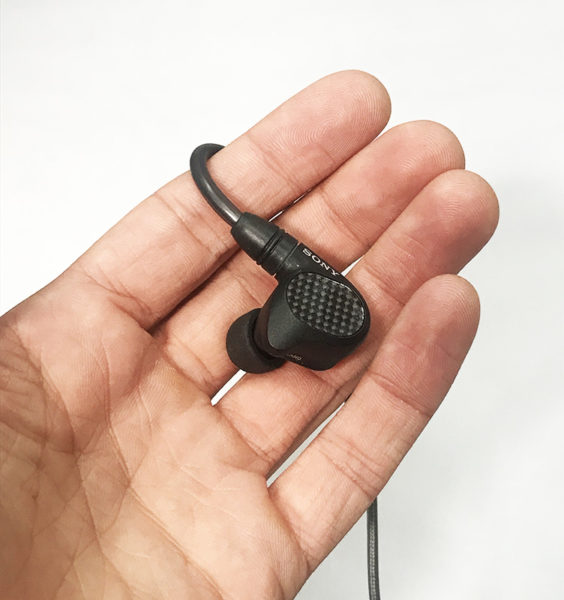
The driver housings of the Sony IER-M9 are extremely light. They are made of magnesium and have a simple, matte black finish. To give the IEMs a little bit of extra flare, the earphones have a thin plate with an geometric reflective pattern. Additionally, the shape of the housings has curves that fit the interior of the ear. As a result, they rested comfortably in my ear.
Beyond the well designed size and shape of the housings, there are two other aspects that helped them fit well. Firstly, the cables sport onboard ear-hooks that curve behind the ear. They have a universal, malleable bend. Secondly, the Sony IER-M9 comes with a variety of eartips and sizes. My favorite were the triple-comfort tips which feel like a cross between foam and silicone tips. They felt soft in the ears, and because of the wide variety of sizes (xs, s, sm, m, ml, l, xl), they seem like they’d fit most ear shapes and sizes.
Cables
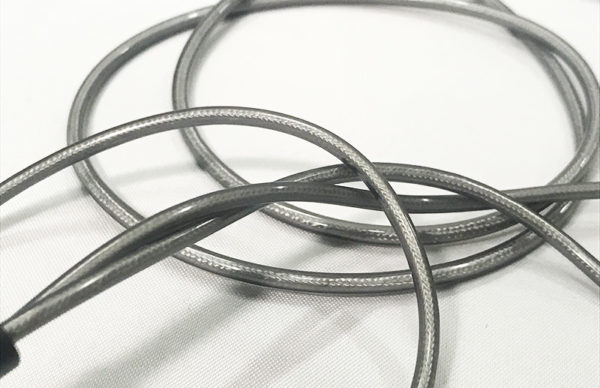
The Sony IER-M9 comes with two MMCX cables: an unbalanced OFC cable with a 3.5 mm connector and a balanced OFC cable with a 4.4 mm connector. They both are coated in a glossy, silk-braid material that helps them easy to manage and manipulate without being easily tangleable. The silk-braid also absorbs vibration in order to avoid noises from moving the cable. Additionally, the cables’ connectors feel durable and have L-shaped connectors to provide strain relief.
Drivers
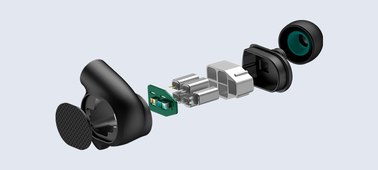
The Sony IER-M9 features five balanced armature drivers. The drivers sit in an inner magnesium housing to reduce vibrations. Additionally, the drivers are arranged so the sound can flow through a short, wide path, optimized to reduce peaks and resonances.
Included in the penta BA system is a special magnesium diaphragm super tweeter. It is lightweight, rigid, and avoids resonances. It also has upgraded wiring, and an upgraded voice coil. As a result, the earphones maintain high, even detail.
Lastly, integrated into the crossover of the BA system is an audio grade film capacitor. This capacitor is used to minimize distortion. And because it uses audio grade solder as well, it maintains as much of the original signal as possible.
Sound
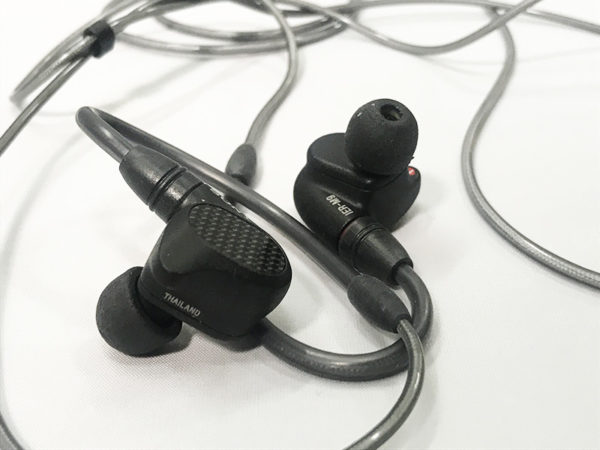
Low Frequencies
The low frequencies of the Sony IER-M9 have a good sense of energy. A boost in the sub region gives the lows a feeling of extension without overly emphasizing them. This creates a feeling of dimensionality without coloring the sound toward the low end. As a result, the low end works for a wide variety of genres, including ones that require evenness in the lows.
For example, when I was listening to the song Fever by Ray Charles featuring Natalie Cole the kick drum and upright bass sounded realistic and true to form, but had a tiny bit of extra weight toward the bottom. As a result, they had a sense of emotional impact and groove without taking the attention away from the vocals and other instruments central to the arrangement.
Middle Frequencies
The midrange of the Sony IER-M9 leans toward the high mids, but is even and harmonically complex in the middle part of the midrange. As a result, the midrange maintains a sense of fullness, while still providing snap and clarity to attacks and vocals. There is a cut at the base of the high-mids balanced by a boost at the top of the high-mids. As a result, the vocal sound tends to lean toward the face and throat rather than the chest.
For example, when I was listening to the song Thanks for Nothing by Middle Brother with the Sony IER-M9, the acoustic guitar, electric guitar, and bass guitar all sound full and harmonically complex. Meanwhile, emphasis favors the attack on the acoustic’s strings and on the snare brushes. Additionally, Taylor Goldsmith’s voice sits more forward in the mix than normal. It leans toward his face rather than his chest, giving it articulation, but also making a little less thick than normal.
High Frequencies
The high frequencies of the Sony IER-M9 have emphasis. In general the highs emphasize the base of the upper octave, providing air and height to vocals, cymbals, strings, and percussion. This airiness is more of an audible airiness than a feeling of extreme extension. That said, there is a sense of extension, but the emphasis sits closer to the top of the upper treble than the ranges of human hearing. A light cut in the lower treble and a bigger cut in the lower part of the upper treble help create lots of space in the high end but also skew the realism of the high frequencies.
For example, when I was listening to the song Quizas Quizas Quizas by Pink Martini, the top stringiness of the strings felt forward in the mix along with the shaker. However, the texture of the guiro felt a little quieter in the mix, although its sense of height was emphasized. The muted trumpet felt brighter than normal and not quite realistic. However, the vocal sounded airy and textured, and I could hear the singer’s breath emphasized. Consonants felt louder in the vocal mix, creating sibilance at times.
Soundstage
The soundstage of the Sony IER-M9 has nuance across all three dimensions. Its sense of width feels spacious, but maintains a strong phantom center. Additionally, and most obvious, the sense of height was dramatic and had nuance. The little sub boost I mentioned contrasted drastically with the boost in the upper octave. As a result, thick arrangements benefited from the spaciousness. Lastly, the sense of depth emphasizes depth in the middle part of the midrange, revealing room mics and reverbs. It skews things with high-mid energy because of the emphasized high-mids step closer to the listeners.
For example, when I was listening to the song Matter of Time by Sharon Jones and the Dap Kings, Sharon’s vocal sounds closer in space to the listener because of its presence. This contrasts really well with the midrangey guitar and keys which feel much further back in space. Additionally, the height of her vocal and of the cymbals and horns contrasts well with the grounding, thick sound of the bass guitar. Lastly, all the instruments in general span outward widthwise, creating a dramatic sense of imaging among the guitars, keys, horns, and background vocals.
Overview
Overall, the Sony IER-M9 has a lot of detail and harmonic complexity. It works well for a wide variety of genres, including classical, jazz, rock, soul, and pop. Its brightness might turn some folks off, but if you like your sound signature to be have fullness, detail, and a little bit of sub energy for depth, then you’ll enjoy the Sony IER-M9.
The Sony IER-M9 is available for the best price here:
or
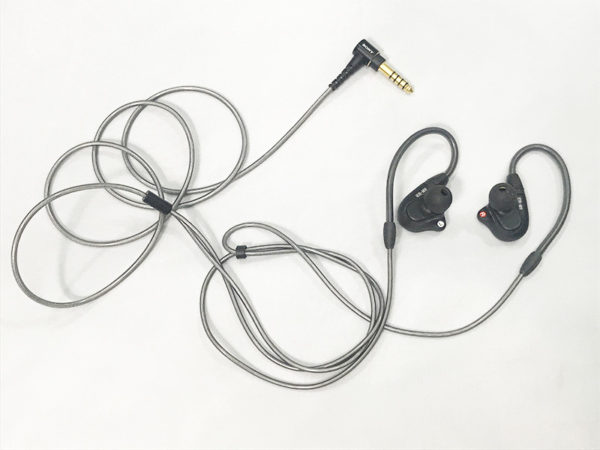
Specifications
-type: in-ear monitors
-drivers: 5 balanced armature drivers
-impedance: 20 ohms (@ 1 kHz)
-sensitivity: 103 dB/mW
-frequency response: 5 Hz – 40 kHz
-weight: 0.39 oz (11 g)

